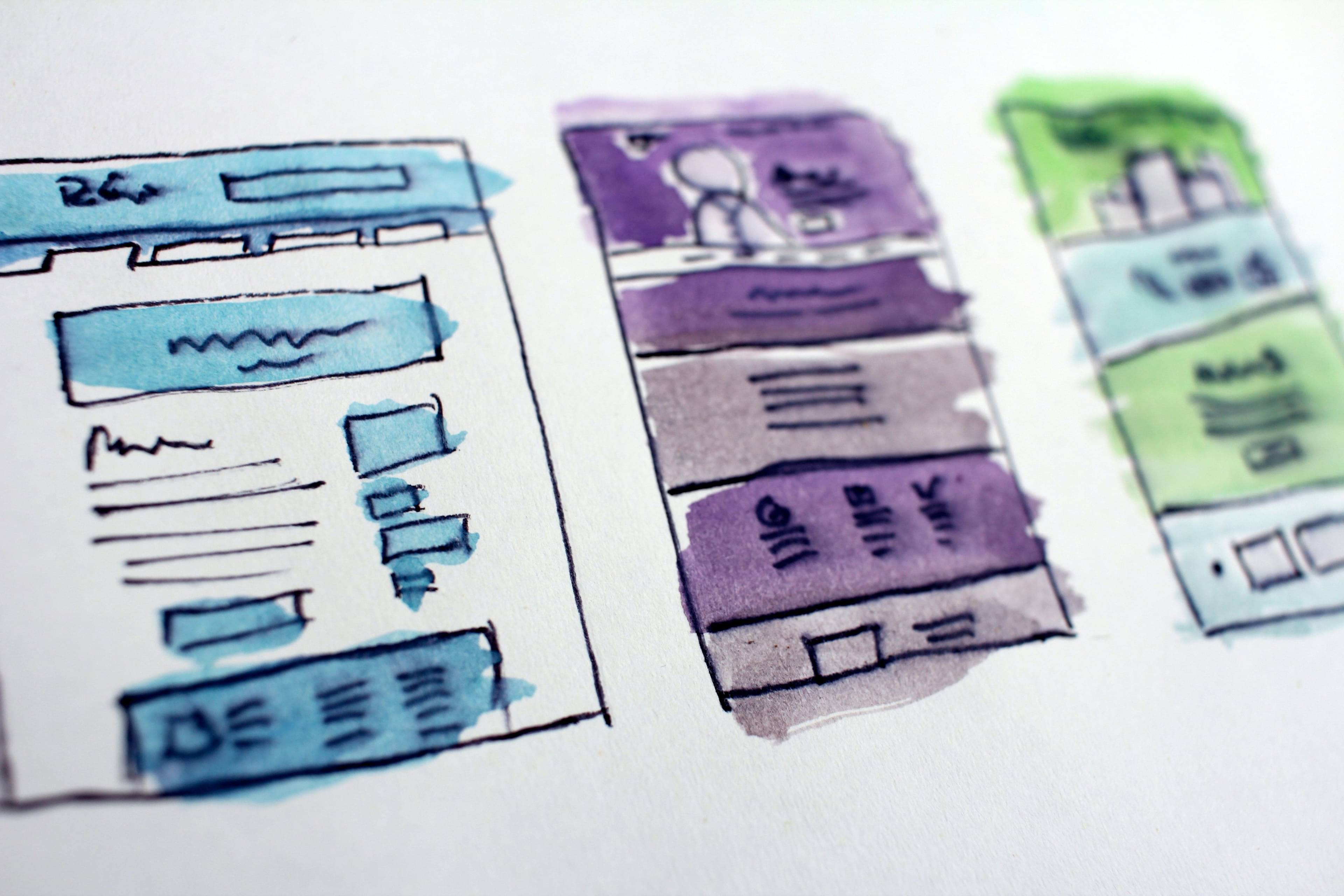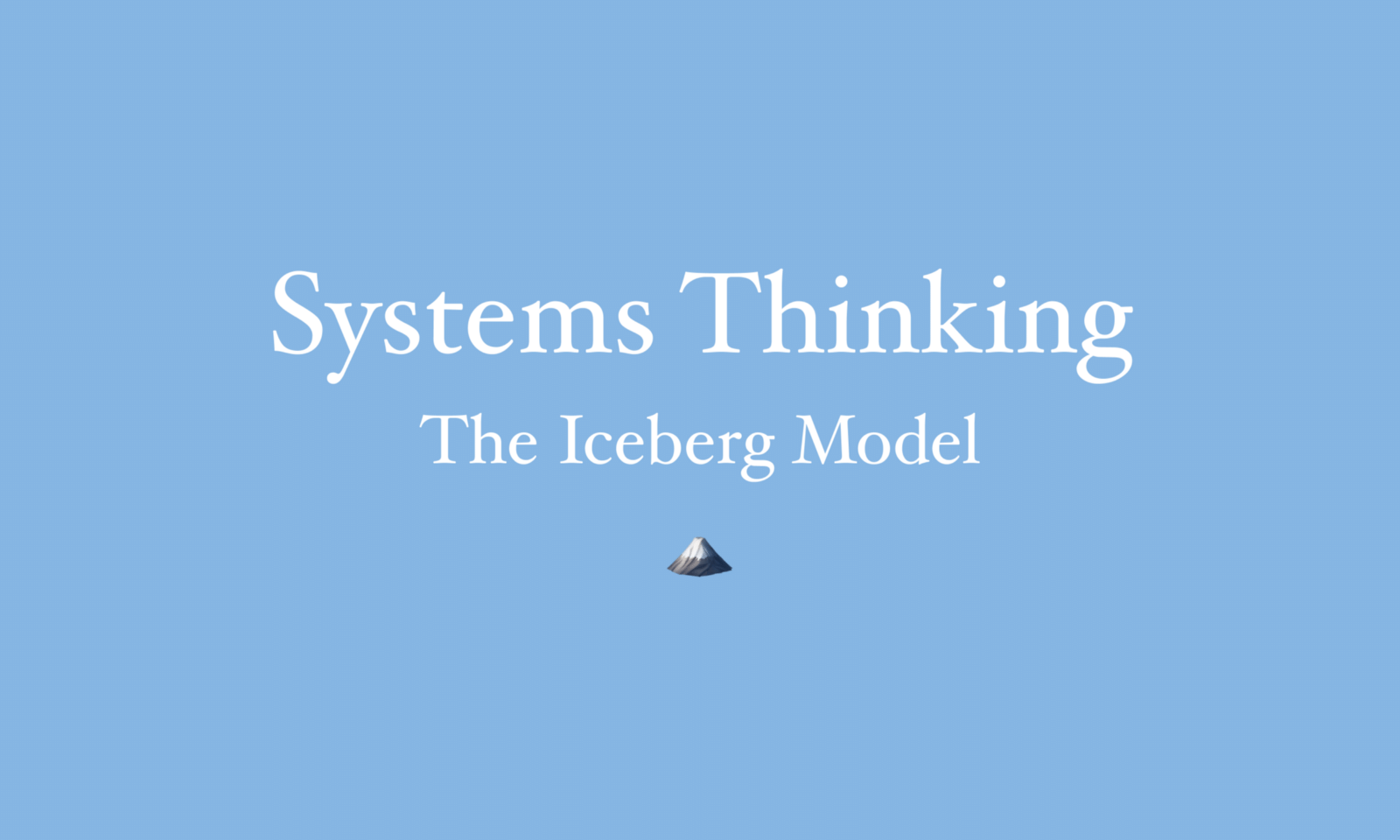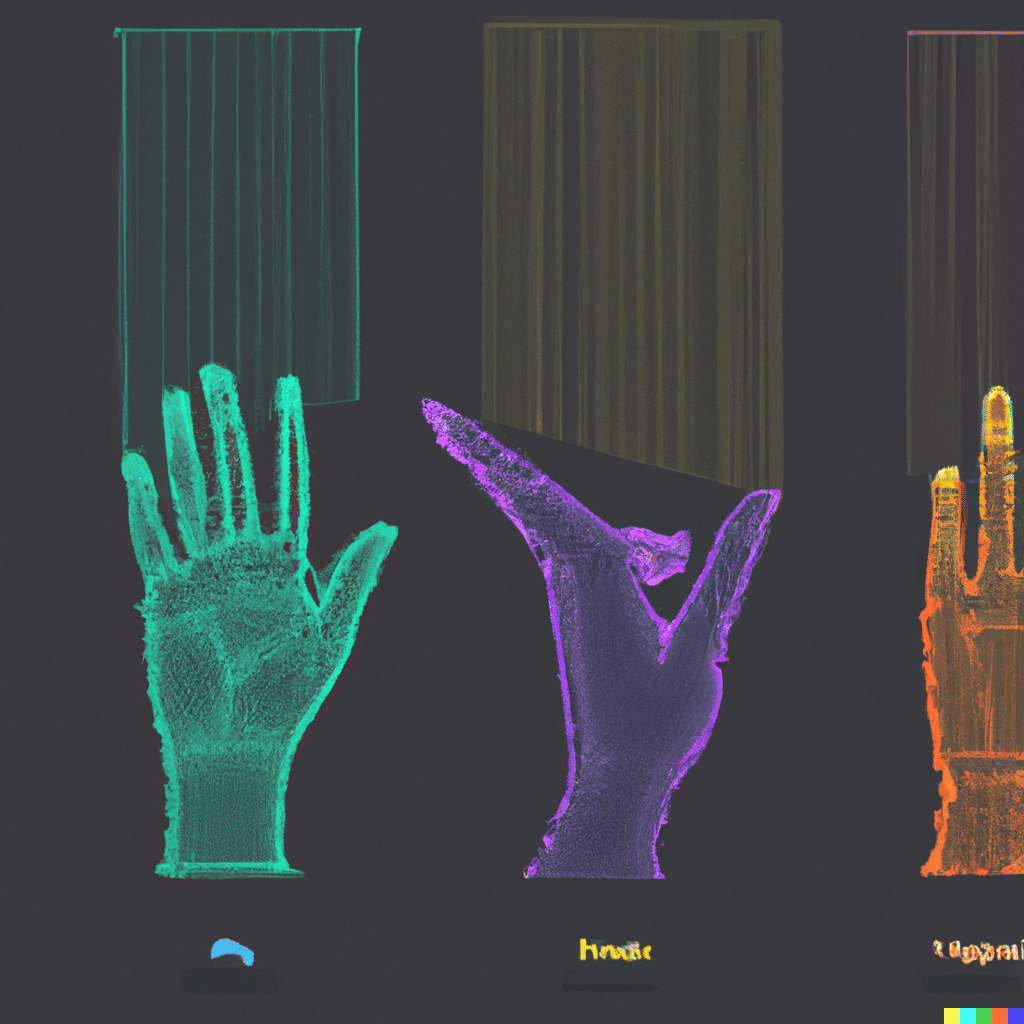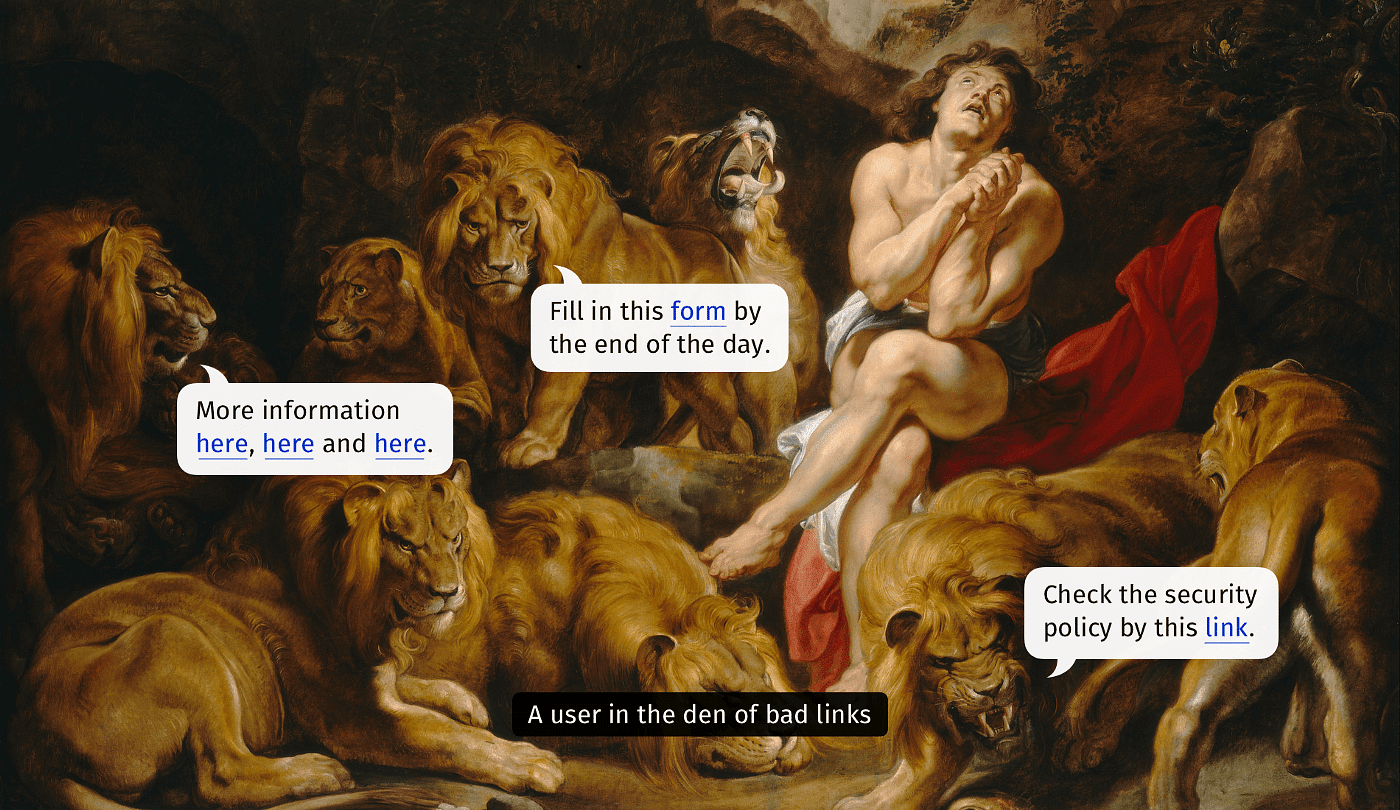They talk about the house of the future.
The linear thinker draws a floor plan. He details the bedrooms, kitchen, bathroom, lounge, etc. He makes sure that each room has adequate light, heating, the correct number of plugs, etc.

The design thinker takes a look at the floor plan and lists out what the tenants of the future will want (He has already interviewed and observed them in their daily life). He notes the way they live, and their desire to be as environmentally friendly as possible.

He then designs a house that runs on solar energy, with materials that optimise energy use. He also designs some pretty clever spaces to fit with the family’s way of life.
The systems thinker points out that the house of the future will be part of a smart city where outdoor living prevails and people only go home to sleep. He also points out that the materials used by the designer do not last for ever; they are very costly and difficult to recycle once they reach end of life. They also include nanomaterials whose impact on human health has not been tested. So they could actually cause more harm than good in the long run. He also sketches out how the energy would flow among the different buildings and spaces in the city, and highlights the best spots for the energy hubs.


Letter
Which vision would you invest in?
My view is that you would need to balance out all three.
If you only bet on the linear thinker, you might get bogged down in the minute details of a house, and miss the big picture.
If you only rely on the design thinker, you might end up creating beautiful, elegant solutions to the wrong problem, or create solutions that perpetuate the problem in the long-term.
If you only bet on the systems thinker, you may get paralysed by all the possibilities and all the considerations and end up doing nothing at all.
You need all three to work together…
The systems thinker will identify the key problems and leverage points that will help you achieve an impact, while minimising unintended negative consequences.
The design thinker can then work on creating tailored solutions, while the linear thinker can help focus in on the minutiae of implementation.
As a society, we tend to focus quite heavily on linear thinking. We are taught to do so at school, and rewarded throughout our professional lives for our ability to break down a problem or a task into smaller, more manageable parts. While this has served us well (many scientific discoveries are the result of linear thinking), it is becoming increasingly harder in the complex modern world.
If you look around you, you will see many examples of complex problems that persist despite efforts to solve them: increasing rates of chronic diseases like cancer, and cardiovascular disease, political conflicts and wars that go on for years or even decades.
You will see many examples of solutions that initially work, but later create further problems: multi-resistant bacteria arising from use of antibiotics, or well-meaning aid schemes leading to increased poverty in the countries that receive them.
If you are working to tackle such complex problems, you will be more likely to succeed if you invite your three thinkers, and not the linear thinker on their own.
I am a systems thinking consultant on a mission to bring the benefits of systems thinking to the life sciences and pharma industries. I offer consulting and project implementation services, systems thinking workshops and bespoke training for teams that want to embrace systems thinking to achieve sustainable impact.
If you would like to find out more, contact [email protected]
Originally published in Systems Thinking Made Simple. 👀






